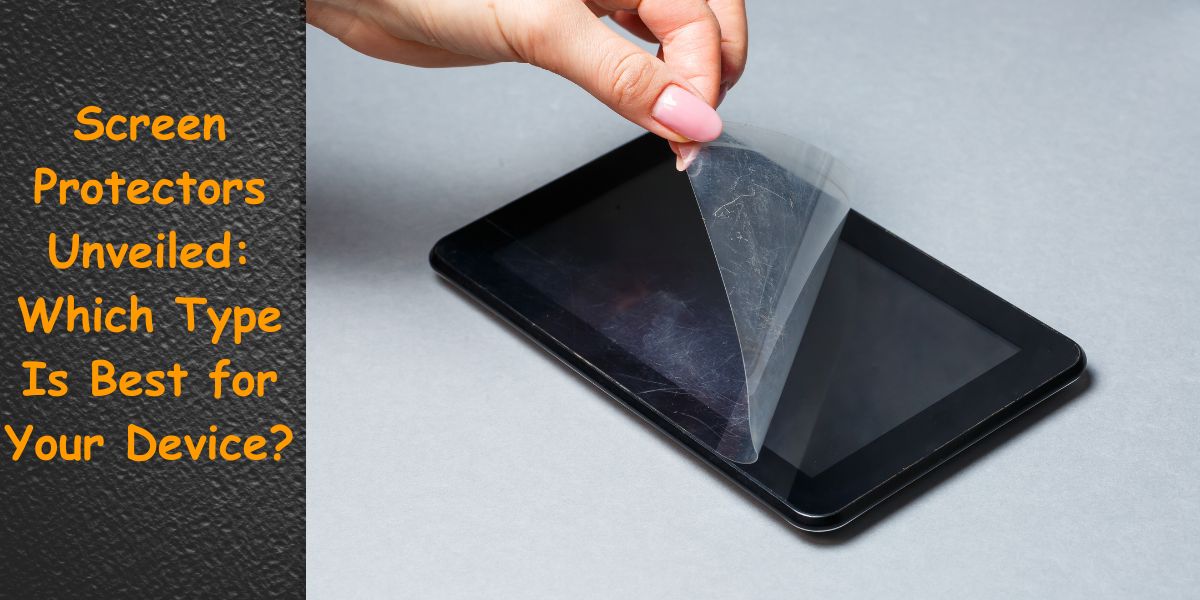In the ever-evolving world of smartphones, protecting your device’s screen is paramount. Whether you’re a seasoned tech enthusiast or a casual user, choosing the right screen protector can significantly impact your mobile experience. At GotYouCovered, we’ve got the lowdown on the various types of screen protectors, so you can safeguard your investment with confidence.
Why Do You Need a Screen Protector?
Your phone’s display may be tougher than ever, but it’s not invincible. Everyday encounters with keys, coins, and even sand particles can leave scratches. A screen guard acts as a shield, preserving your screen’s pristine condition. Plus, when it gets scratched, you can easily replace it without compromising the actual display.
1. Tempered Glass Protectors
Advantages:
- Crystal Clarity: Tempered glass offers excellent optical quality, thus ensuring your screen remains sharp and vibrant.
- Edge-to-Edge Coverage: These protectors fit snugly, consequently covering the entire screen, including curved edges.
- Scratch and Impact Resistance: Tempered glass ranks high on the Mohs hardness scale, providing robust protection against scratches and minor impacts.
Disadvantages:
- Reflective Surface: Some tempered glass protectors can be reflective, affecting visibility in bright light.
- Fingerprint Magnet: They attract fingerprints, requiring frequent cleaning.
2. Film Protectors
Advantages:
- Affordability: Film protectors are budget-friendly and lightweight.
- Decent Optical Quality: While not as crystal-clear as tempered glass, they still offer good visibility.
- Flexible and Thin: Film protectors adhere closely to your screen without adding bulk.
Disadvantages:
- Limited Scratch Resistance: Film protectors provide basic scratch protection but won’t withstand heavy wear.
- Not Edge-to-Edge: They may leave a small gap around the edges.
3. Liquid Screen Protectors
Advantages:
- Invisible Shield: Liquid protectors create an ultra-thin, invisible layer on your screen.
- Universal Fit: They work with any device size or shape.
- Smooth Feel: Liquid protectors don’t alter the touch sensitivity of your screen.
Disadvantages:
- Minimal Impact Protection: Liquid protectors focus on scratch prevention but won’t absorb impacts.
- Application Challenges: Proper application requires precision and patience.
Best Practices for Screen Protectors
- Clean Your Screen: Dust and debris can affect adhesion. Start with a clean surface.
- Align Carefully: Position the protector accurately to avoid misalignment.
- Press Gently: Smooth out air bubbles by pressing gently from the center outward.
- Replace When Damaged: Don’t wait—replace scratched protectors promptly.
At GotYouCovered, we offer a wide range of screen protectors, from tempered glass to film and liquid options. Visit our store today and elevate your device’s defense game! 📱💪
Explore our collection at GotYouCovered and keep your screen safe and sound! 🌟

